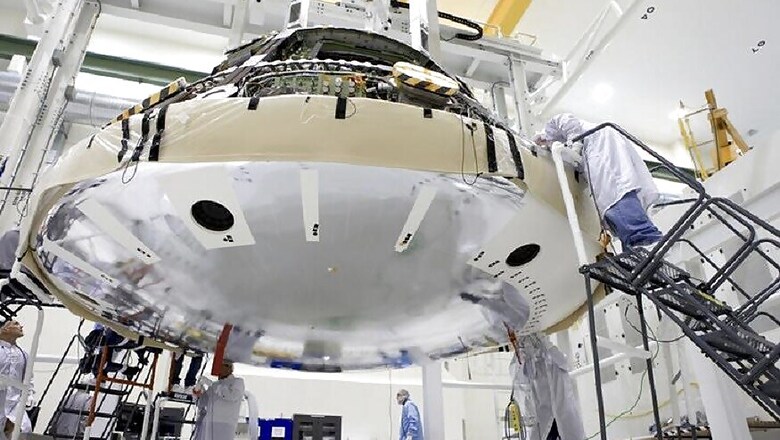
views
Using data from four different telescopes, a team of astronomers led by an Indian-origin researcher has reported that an asteroid discovered last year is the tiniest known asteroid.
At two meters (six feet) in diameter, the asteroid, named 2015 TC25, is also one of the brightest near-Earth asteroids ever discovered, the researchers said.
"If we can discover and characterise asteroids and meteoroids this small, then we can understand the population of objects from which they originate: large asteroids, which have a much smaller likelihood of impacting Earth," said Vishnu Reddy, Assistant Professor at University of Arizona's Lunar and Planetary Laboratory in the US .
"In the case of 2015 TC25, the likelihood of impacting Earth is fairly small," Reddy, an alumnus of Madurai Kamraj University in Tamil Nadu, said.
Small near-Earth asteroids such as 2015 TC25 are in the same size range as meteorites that fall on Earth. Astronomers discover them frequently, but not very much is known about them as they are difficult to characterise.
By studying such objects in more detail, astronomers hope to better understand the parent bodies from which these meteorites originate.
Discovered by the University of Arizona's Catalina Sky Survey last October, 2015 TC25 was studied extensively by Earth-based telescopes during a close flyby that saw the micro world sailing past Earth at 128,000 kilometres, a mere third of the distance to the moon.
In a paper published in The Astronomical Journal, Reddy noted that new observations from the NASA Infrared Telescope Facility and Arecibo Planetary Radar showed that the surface of the asteroid is similar to a rare type of highly reflective meteorite called an aubrite.
Aubrites consist of very bright minerals, mostly silicates, that formed in an oxygen-free, basaltic environment at very high temperatures. Only one out of every 1,000 meteorites that fall on Earth belong to this class.
"This is the first time we have optical, infrared and radar data on such a small asteroid, which is essentially a meteoroid," Reddy said.
"You can think of it as a meteorite floating in space that hasn't hit the atmosphere and made it to the ground - yet," Reddy noted.



















Comments
0 comment